Understanding Concentration and Measuring Volumes
Overview
Solutions are utilized to some degree in almost all biological research applications. Therefore understanding how to measure and manipulate them is imperative to any experiment. In this video, concepts in preparing solutions are introduced. Solutions consist of a solute dissolved in solvent to yield a homogeneous mixture of molecular substances. Solutions are generally identified by their components and corresponding concentrations. Concentrated solutions are diluted through various methods, such as serial dilution. This video also lays a foundation for the accurate preparation of solutions. For example, the video reviews how to measure volumes with precision through use of the appropriate volumetric container as well as how to read the volume when a meniscus is present. Some applications for measuring volumes are then presented. Gel electrophoresis is a commonly used laboratory procedure which requires preparation of a percent weight volume solution as well as parallel dilution of a concentrated stock solution. Use of a serial dilution to prepare standards for generating a standard curve in protein quantitation is also demonstrated.
Procedure
Understanding the concepts behind solution concentration and measuring volumes in the lab are two important aspects of nearly every experiment.
Solutions are made up of a solute dissolved in solvent to yield a homogeneous mixture.
Solutions are generally identified by their components and corresponding concentrations.
To correctly arrive at the correct solution concentration, you must be familiar with the many different containers available for volume measurements.
Poor technique when measuring volumes can lead to incorrect concentrations and be the difference between a successful or failed experiment.
When performing experiments, it is imperative to know the exact concentration of solutions used.
Concentration is most commonly expressed as molarity. A one molar solution contains one mol of solute per liter of solution (B+C). When making solutions in the lab, the mols of solute can be determined from the measured mass of the molecule and its molecular weight.
Solutions can also be prepared and quantified as percent concentrations from the weight of solute per unit volume of solvent, known as a percent weight-volume solution.
Keep in mind that the solute is sometimes in liquid form. In this case, the percent concentration can be expressed as the volume of liquid solute per unit volume of solvent, referred to as a percent volume-volume solution.
For frequent use, concentrated solutions of stable compounds, known as stock solutions, can be prepared. Stock solutions may be labeled as a multiple of the concentration in the final working solution. Here you see a 10X solution.
These stock solutions can be diluted as necessary with solvent to achieve the desired concentration.
Alternatively, a dilution can be prepared from a more concentrated solution using a parallel dilution. Using this simple calculation, a solution of desired concentration and desired volume can be prepared from a stock solution of known concentration. The resulting volume can be diluted to the total volume of the solution to achieve the desired concentration.
However, in some situations, the dilution factor, which is equal to the final volume divided by volume of stock solution needed for the dilution, is too large. This makes parallel dilution impractical as the necessary volume of the stock solution would be too small to accurately measure.
With the serial dilution technique, a stock solution can be used to make a dilute solution, which can then be diluted further to make a more dilute solution and so on until the desired concentration is met.
When measuring volumes in the lab you will come across many containers that can hold liquid. However, it is important to realize that not all of these vessels are designed for accurately measuring volume.
Non-volumetric containers, such as beakers and Erlenmeyer flasks, are designed for mixing and storing solutions and are generally not calibrated. Instead, the measurements, or graduations, on the side represent approximations of liquid capacity.
Conversely, volumetric labware is designed to measure exact volumes of liquid substances. Volumetric labware is denoted with the capacity it is calibrated to hold as well as the letters TC or TD.
TC stands for “to contain” and is generally found on volumetric flasks and graduated cylinders, which are calibrated to hold a precise volume of liquid.
TD denotes “to deliver” and is usually found on measuring devices designed to dispense liquid, such as pipettes and syringes.
Volumetric flasks are generally used to prepare solutions of a specific concentration. After dissolving the solute, solvent is added to the flask until the total volume reaches the graduation line. Adding the “quantity sufficient” to reach this volume is known as Q.S.’ing the solution.
When Q.S.’ing the solution, the top of the liquid curves where it meets the flask. This is called the meniscus and is caused by surface tension. In an aqueous solution, the meniscus is concave, and should be read at the lowest point of the curve.
There are several vessels designed to measure and deliver specific volumes of liquid. When choosing volumetric labware, always select the smallest device that will accommodate the desired volume to achieve the highest accuracy.
When measuring volumes of liquid above 50 mL, graduated cylinders are the appropriate choice.
Serological pipettes are generally used to measure and deliver volumes in the range of 0.1 to 50 mL.
For volumes of 0.2 microliters to 5 mL, micropipettors should be used.
When plastic pipette tips are not compatible with the liquid to be measured, glass Hamilton syringes are an alternative for accurate measurement of volumes in the microliter range.
Now that we have covered the basics of working with solutions, we’ll discuss how some of these concepts are applied in research.
DNA Gel electrophoresis is a technique used to separate a mixed population of DNA fragments, to estimate their size, by applying an electric field to move the negatively charged molecules through a gel matrix made of agarose – a carbohydrate from seaweed
In preparing the gel matrix, percent weight/volume solutions are commonly used to make 1% weight/volume agarose gels.
Generally electrophoresis requires large quantities of running buffers. Because of their frequent use and large volumes, these buffers are usually diluted from more concentrated 10x stock solutions.
To achieve the desired 1x buffer, one unit volume of the stock solution is diluted in 9 unit volumes of purified water.
In microplate reader experiments, the concentration of unknown samples of protein are often determined based on a set of samples of known concentrations called standards.
Serial dilutions are often used to generate standards of incrementally-higher concentrations, so that ultimately, a standard curve can be generated and the concentration of unknown sample determined.
You’ve just watched JoVE’s introduction to understanding concentration and measuring volumes. In this video we reviewed some basic concepts such as calculating concentration, performing dilutions , and how different types of labware are used to measure volumes. Applications of some of the concepts introduced in this video were also discussed for molecular biology and biochemistry.
Thanks for watching and remember to always use accuracy and precision when measuring volumes.
Disclosures
No conflicts of interest declared.
Tags
건너뛰기...
이 컬렉션의 비디오:
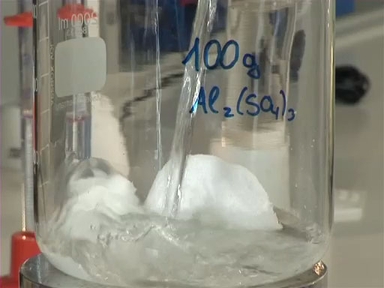
Now Playing
Understanding Concentration and Measuring Volumes
General Laboratory Techniques
216.4K Views
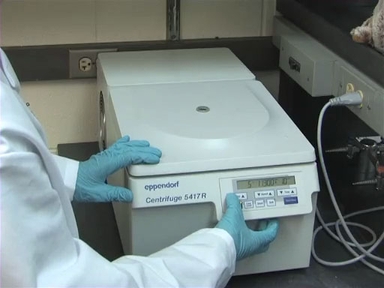
원심분리기 소개
General Laboratory Techniques
489.7K Views
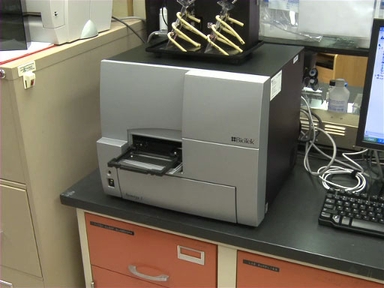
마이크로 플레이트 리더 소개
General Laboratory Techniques
127.7K Views
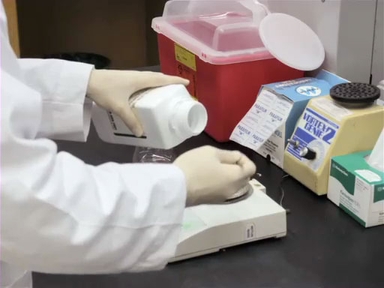
실험실에서 용액 만들기
General Laboratory Techniques
212.0K Views
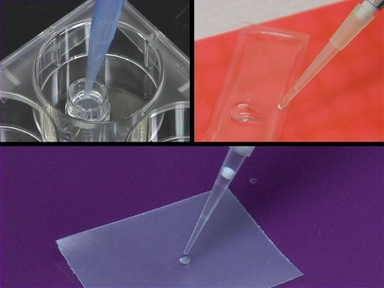
마이크로피펫터 소개
General Laboratory Techniques
588.2K Views
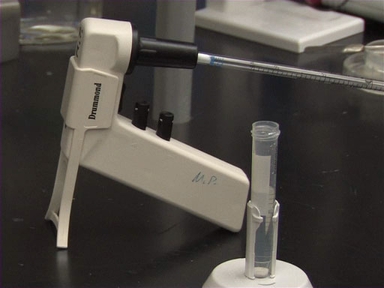
일회용 피펫(Serological Pipettes) 소개
General Laboratory Techniques
219.7K Views
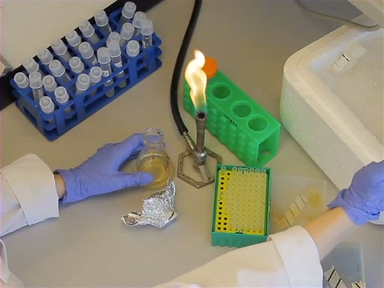
분젠 버너 소개
General Laboratory Techniques
208.0K Views
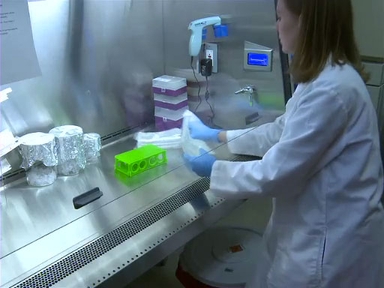
후드 작업 소개
General Laboratory Techniques
151.8K Views
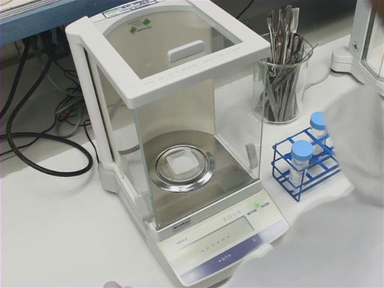
실험실에서 질량 측정
General Laboratory Techniques
171.3K Views

분광 광도계 소개
General Laboratory Techniques
519.9K Views

광학 현미경 검사를위한 조직 학적 샘플 준비
General Laboratory Techniques
241.1K Views
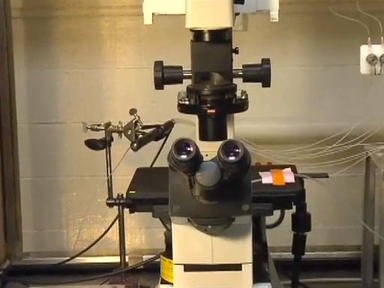
형광 현미경 소개
General Laboratory Techniques
350.5K Views
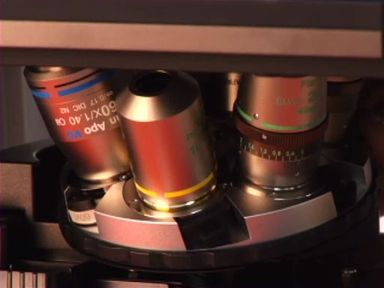
광학 현미경 소개
General Laboratory Techniques
816.7K Views

샘플의 보존 : 냉장고,냉동고, 극저온 냉동고의 이용
General Laboratory Techniques
65.8K Views
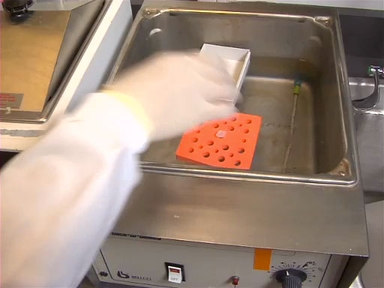
실험실 온도 조절: 열 적용
General Laboratory Techniques
81.5K Views
Copyright © 2025 MyJoVE Corporation. 판권 소유